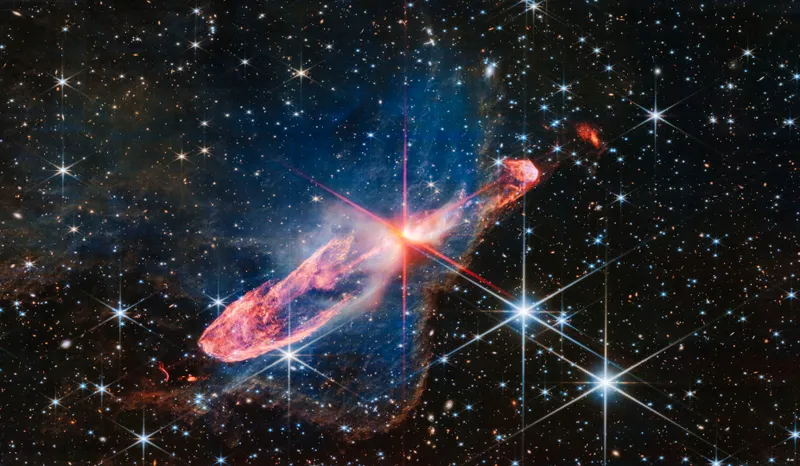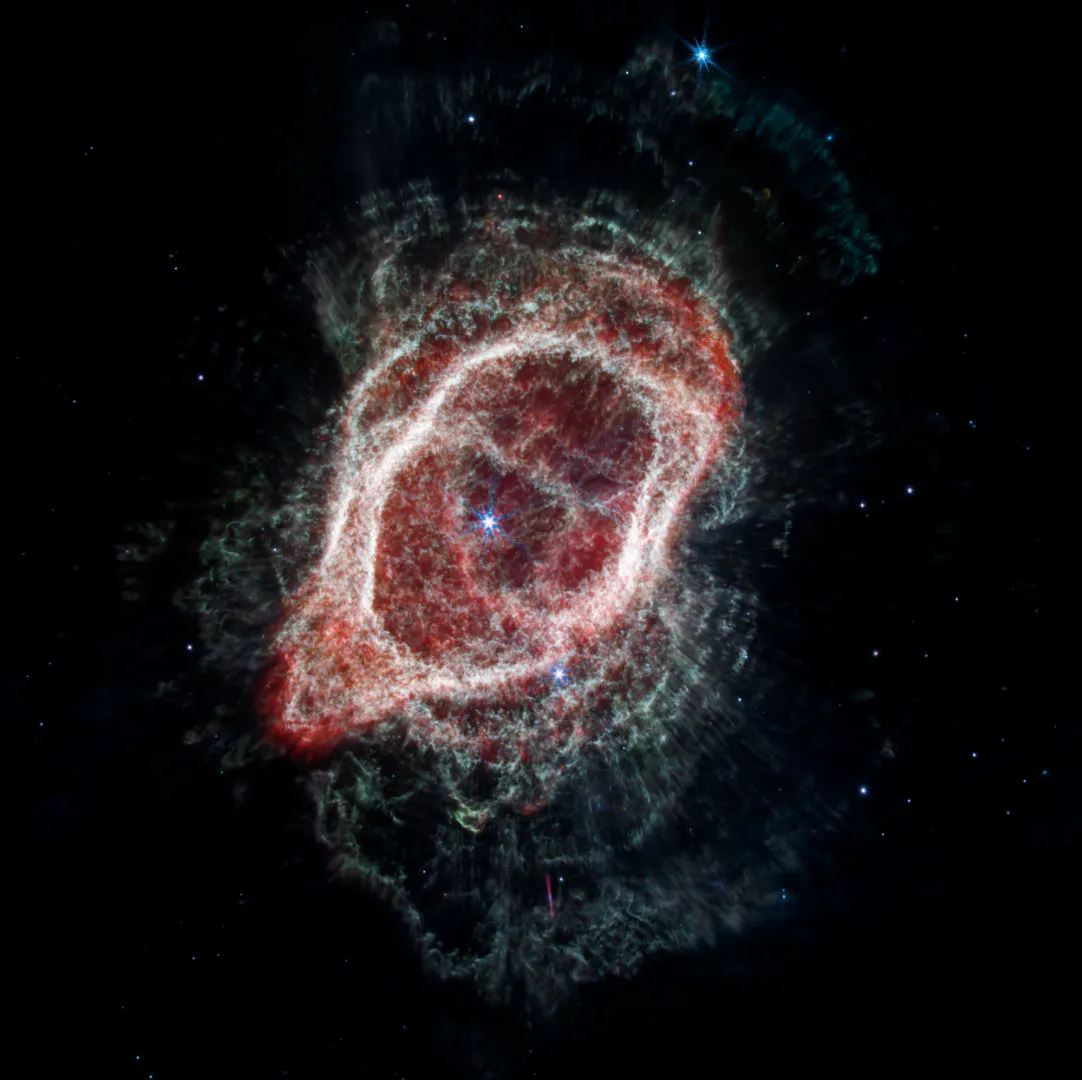Given the drama of the James Webb Space Telescope’s images, it’s only natural to question whether what we are seeing is real.
I can answer most emphatically that everything you see in the images from Webb is 100% real!
James Webb Space Telescope sees the Universe in infrared wavelengths, a kind of light that is beyond what our eyes are capable of perceiving.
See the latest James Webb Space Telescope images and read my guide Process your images like a James Webb Space Telescope scientist

As image processors, we take advantage of the way our eyes see colour to translate these infrared wavelengths into colours that our eyes can perceive.
It’s not unlike transposing music from one octave to another.
The relative pitches between notes stay the same, but overall the music shifts to either higher or lower notes.
This method of colourising the data – what we refer to as representative colour – gives us a powerful tool to explore the Universe in many wavelengths beyond visible light.

The meaning of colour in astro images
As beautifully vibrant and detailed as images from Webb are, the colours are not arbitrarily chosen. They have real scientific value.
The process of applying colour chromatically according to wavelength gives us more information in the final image than we would have from a single grayscale image.
For example, in deep-field images littered with galaxies, colours play a vital role in giving us a visual cue to the most distant galaxies in an image.

The faintest red smudges are likely very distant galaxies formed within a few hundred million years after the Big Bang.
Similarly, in images of nebulae within our Galaxy, colours clue us in to the different chemical processes taking place within the nebula.
We can get a sense of the distribution of different elements within the nebula through the use of chromatically ordered colour.
It’s more than just a pretty picture!
This article appeared in the November 2023 issue of BBC Sky at Night Magazine
